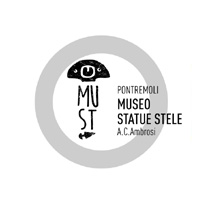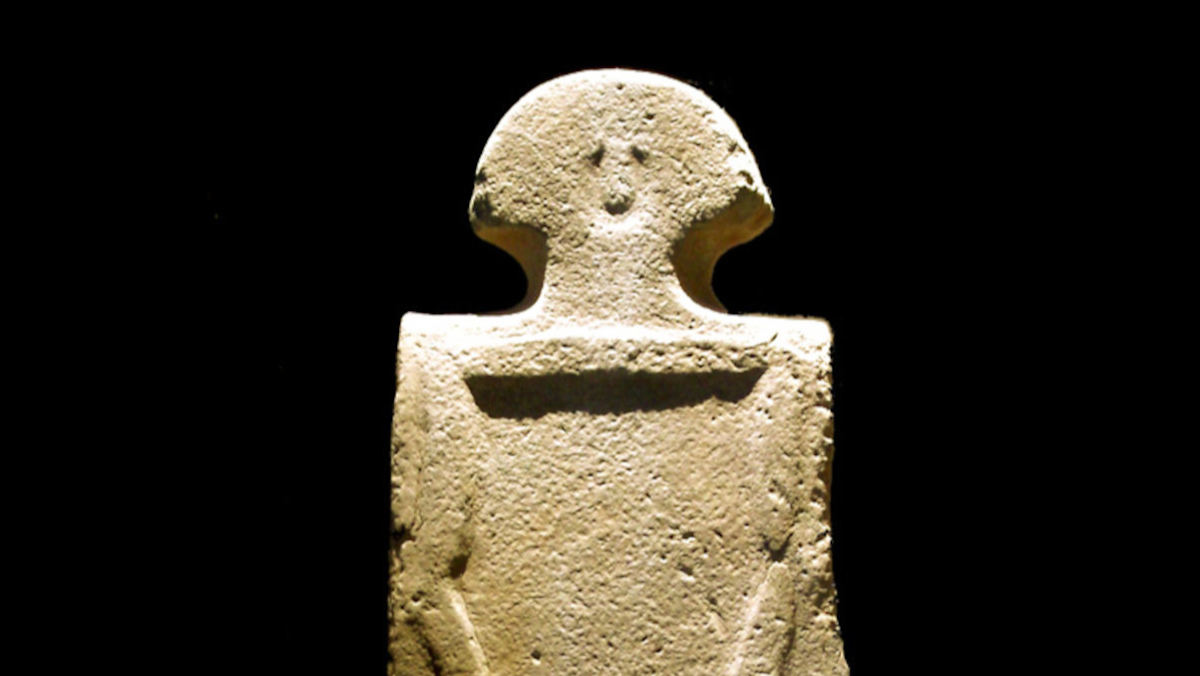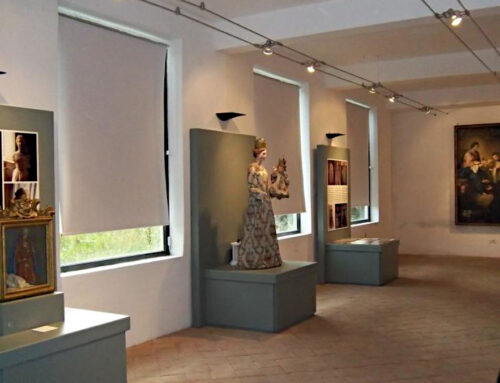
Castello del Piagnaro
The Museum of the Stele Statues of Lunigiana is located within the Castle of Piagnaro in Pontremoli. Its highly evocative collection represents one of the most considerable examples of European megalithic production. The Stele Statues, depicting abstract male and female anthropomorphic figures, were carved in sandstone by populations that inhabited the area between the 4th and 1st millennium BC, and pose and enigma that in part has still to be solved today. The Statue Stele Museum is the most representative in Italy for the number of samples it collects and for the documentation it holds regarding the artefacts’ discovery sites, the raw materials and techniques employed, and the history and life of the society that produced them. Entry grants access both to the Museum and to the Piagnaro Castle.
History
The Statue Stele Museum has been housed within the picturesque frame of the Castle of Piagnaro since 1975. The Museum’s creation is due to the passionate and forward-thinking activity of professor Augusto Cesare Ambrosi who, following research conducted in the 50s and 60s and the creation of a preliminary collection in the Municipality of Casola in Lunigiana, insisted that the statues be collected in a prestigious location in Pontremoli. The new layout of the Museum within an area twice the size of its prior seat is designed to enhance the statues’ lure and charming qualities, also making use of modern multi-media contents.
Location
The Castle of Piagnaro is located on a hill overlooking the historic centre of Pontremoli, an integrating element in the city’s defensive system along with the walls and towers that protected the medieval hamlet. Constructed around the year 1000 for defensive purposes and to oversee the roads, on various occasions it has acted as the last stronghold safeguarding the citizens of Pontremoli; its name derives from the “piagne”, sandstone slabs traditionally used in Lunigiana to construct roofs, which can still be seen today within the structure.
Used at length as a military post and as a barracks, the castle was re-employed as a school and later as a private residence; following a period during which it remained in a state of neglect, the castle was entirely salvaged during the last 30 years thanks to numerous recovery campaigns. Along with the Museum, the Castle houses a shelter for pilgrims travelling the Francigena Way.
Other information
The city of Pontremoli is positioned at the far north of the Region of Tuscany, at the foothills of the Apennine Range. Mentioned as the 31st stop-over in Sigeric’s Route, Pontremoli became a free city during the 12th and 13th centuries, and was defined by Frederick II as the “Key and Gate of Tuscany”.
THE CASTLE: The existing architectural unit, resulting from a variety of restorations and expansions, is characterised by a an imposing keep (dating back to the beginning of the 14th century) that commands the entire structure from its position at the highest point of the hilltop, and still features traces of its ancient suspended entrance and drawbridge. An impressive building once used as a barracks is located before the keep. The remaining portions of the Castle feature 17th and 18th-century defensive structures equipped for use of firearms and artillery, with a vast courtyard surrounded by powerful bastions connected by ramparts and angular watchtowers.
THE STELE STATUES: Enigmatic stone images dating back between the 4th and 1st millennium BC, the Stele Statues represent the most important collection of prehistoric European sculpture. Entirely carved in sandstone, they are characterised by the peculiar shape of their heads, reminiscent of the hats worn by Italian Carabinieri, and by their U-shaped faces. They depict male and female figures accompanied by complex inventories of weapons and ornaments typically in use during the Copper and Iron Ages. They are classified in three type-groups (A, B and C), and displayed in low-lit rooms beneath an oblique light that enhances their anatomical features and details, creating an extremely evocative environment.
Activities
The Museum has spaces that can be used for conferences, conventions and cultural events, as well as a lecture hall (the Heritage Room) outfitted by local schools. Events, exhibitions, entertainment and theatre performances can be staged within the Castle. The Museum and the Castle also offer a wide array of guided tours for groups of visitors and schoolchildren, educational workshops, and themed viewing itineraries connected to the city and the territory.o.









